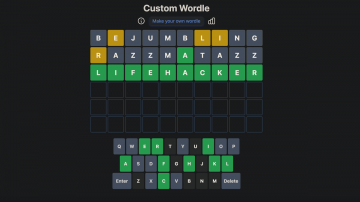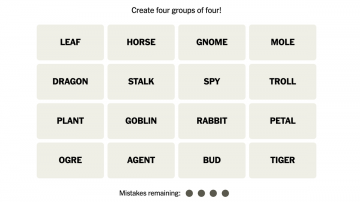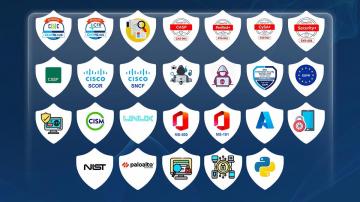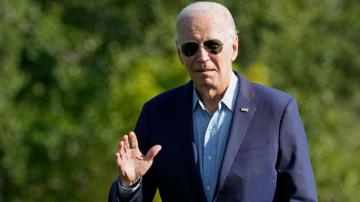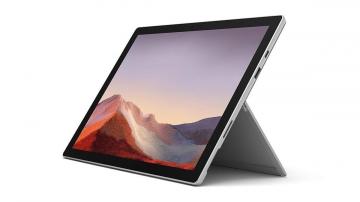Robinhood, the trading app that’s sent a newly empowered and market-shaking generation of investors to Wall Street, saw its revenue soar 309% at the start of the year and wants its stock to trade under the symbol “HOOD.”
By STAN CHOE and ALEX VEIGA AP Business Writers
July 1, 2021, 5:41 PM
• 2 min read
Share to FacebookShare to TwitterEmail this article
NEW YORK -- Robinhood, the trading app that’s sent a newly empowered generation of investors to Wall Street, saw its revenue soar 309% at the start of the year as a frenzy over so-called meme stocks shook the market.
The company revealed the revenue surge in a filing with the Securities and Exchange Commission Thursday, as it prepares to sell its own stock on the Nasdaq for the first time. It plans to trade under the symbol HOOD.
Robinhood’s initial public offering is set to be one of the most anticipated of the year, giving investors a chance to own part of a fast-growing company that has rocked the traditionally staid brokerage business. Since its launch in 2014, Robinhood’s popularity has forced rivals to get rid of commissions and to offer apps that make trading easy and maybe even fun.
But as it’s drawn in 18 million funded accounts, with more than half its customers first-time investors, the company has also faced a mountain of criticism from regulators and users alike. Robinhood has agreed to pay more than $130 million in recent years to settle accusations by regulators, with the most recent fine announced just a day earlier.
Among the accusations: It improperly allowed some users to make riskier trades than they were perhaps ready for; it failed to make clear to customers that it makes much of its money by routing their trades to Wall Street firms taking the other side; and its supervision of its technology was weak and helped lead to outages of its service.
But for all the controversy around it, Robinhood offers something that’s always in great demand on Wall Street: explosive growth.
The company's revenue soared to $522 million in the first three months of 2021, up from $128 million a year earlier. It's also coming off a profitable year. It had net income of $7 million in 2020 after losing $107 million in 2019.













